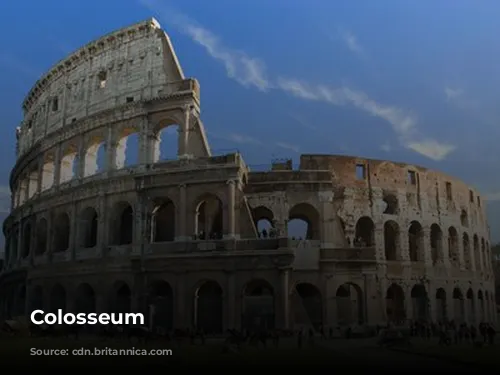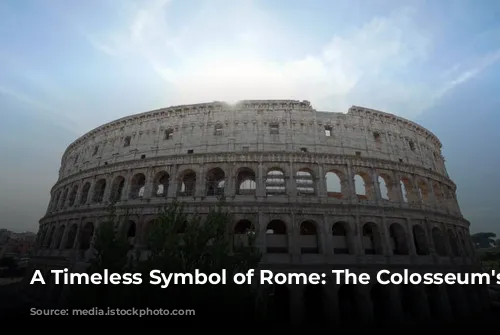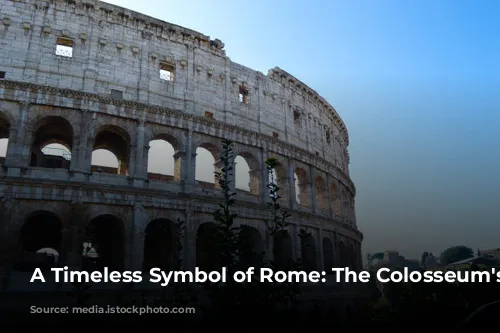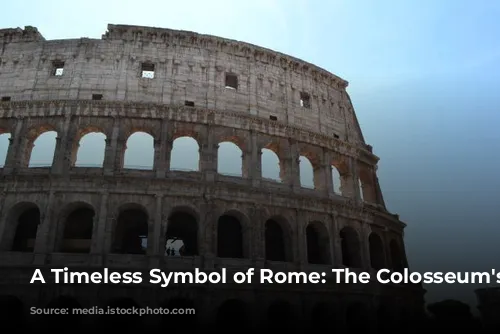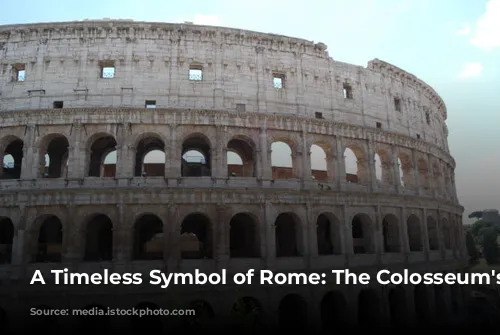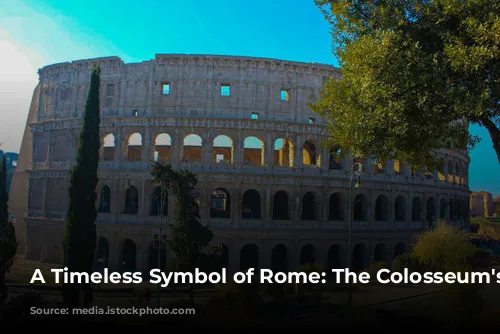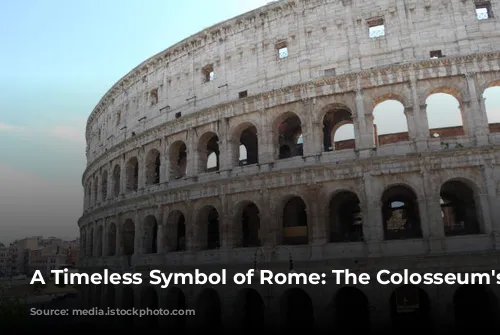The Colosseum, a remarkable structure that has endured the test of time, stands as a testament to the architectural and engineering brilliance of ancient Rome. This magnificent amphitheater, one of the few mostly intact structures from the Roman Empire, draws millions of tourists each year, making it a major source of income for the Italian government. In 2018 alone, the Colosseum, along with the Roman Forum and Palatine Hill, generated over $63.3 million (€53.8 million) in revenue, solidifying its place as Italy’s top tourist attraction.
A History Steeped in Change
The Colosseum’s journey through time is a fascinating one. Following the fall of the Western Roman Empire, the once-glorious arena fell into disrepair. For centuries, it was repurposed for various uses, serving as a fortress for powerful families like the Frangipane and Annibaldi during the 12th century. In the late 15th century, Pope Alexander VI permitted the Colosseum to be used as a quarry, further contributing to its degradation. After over a thousand years of neglect, the Italian government initiated state-funded restoration efforts in the 1990s, beginning the long process of restoring this iconic structure to its former glory.
A Symbol of Imperial Power
The Colosseum was born out of a desire to revitalize Rome following the tumultuous year of the four emperors in 69 CE. Emperor Vespasian, aiming to restore the city’s grandeur, envisioned the Colosseum as a grand entertainment venue, a place where Romans could gather to experience gladiatorial combats, thrilling animal hunts, and even mock naval battles. This ambitious project was funded by the spoils of war, specifically the plunder from Titus’s sack of Jerusalem in 70 CE. The Colosseum, sadly, was built by enslaved Jewish people from Judea, a grim reminder of the Roman Empire’s imperial power and the human cost of its grand projects.
Construction and Design
Construction of the Colosseum commenced under Emperor Vespasian between 70 and 72 CE. Its completion, marked by a grand dedication ceremony featuring 100 days of games, was overseen by Vespasian’s son and successor, Titus, in 80 CE. The final touch was added by Emperor Domitian, who completed the fourth story in 82 CE. Unlike earlier amphitheaters, which often utilized hillsides for support, the Colosseum is a freestanding structure, built with a sophisticated system of barrel vaults and groin vaults. This massive structure, measuring 620 by 513 feet (189 by 156 meters), is adorned with three tiers of arcades framed by engaged columns in the Doric, Ionic, and Corinthian orders. The Colosseum’s rising arrangement of columns became a significant influence on Renaissance architecture.
A Venue for Spectacle and Entertainment
The Colosseum could accommodate an impressive 50,000 spectators, shielded from the sun by a massive retractable awning known as the velarium. This awe-inspiring feat of engineering required hundreds of Roman sailors to manipulate the rigging that extended and retracted the awning. The arena was the stage for countless gladiatorial battles, man-versus-animal contests, and even mock naval engagements, providing an unparalleled entertainment experience for the Roman people. However, while the Colosseum is often linked to the martyrdom of early Christians, there is no definitive evidence to support this claim.
From Glory to Neglect and Restoration
Over the centuries, the Colosseum’s fortunes fluctuated dramatically. In medieval times, it was repurposed as a church and later as a fortress for prominent families. The ravages of time, lightning strikes, earthquakes, vandalism, and pollution took their toll on the structure, leaving it stripped of its marble seats and decorative materials. For over a thousand years, the Colosseum was treated as little more than a quarry, its grandeur gradually fading into neglect.
It wasn’t until the 19th century that preservation efforts began in earnest. Notable contributions were made by Pope Pius VIII, and in the 1990s, a major restoration project was launched to restore the Colosseum’s grandeur. Today, it stands as a testament to human resilience and the enduring allure of ancient Rome. It continues to attract millions of visitors each year, offering a glimpse into the past and a reminder of the timeless appeal of this remarkable structure.


